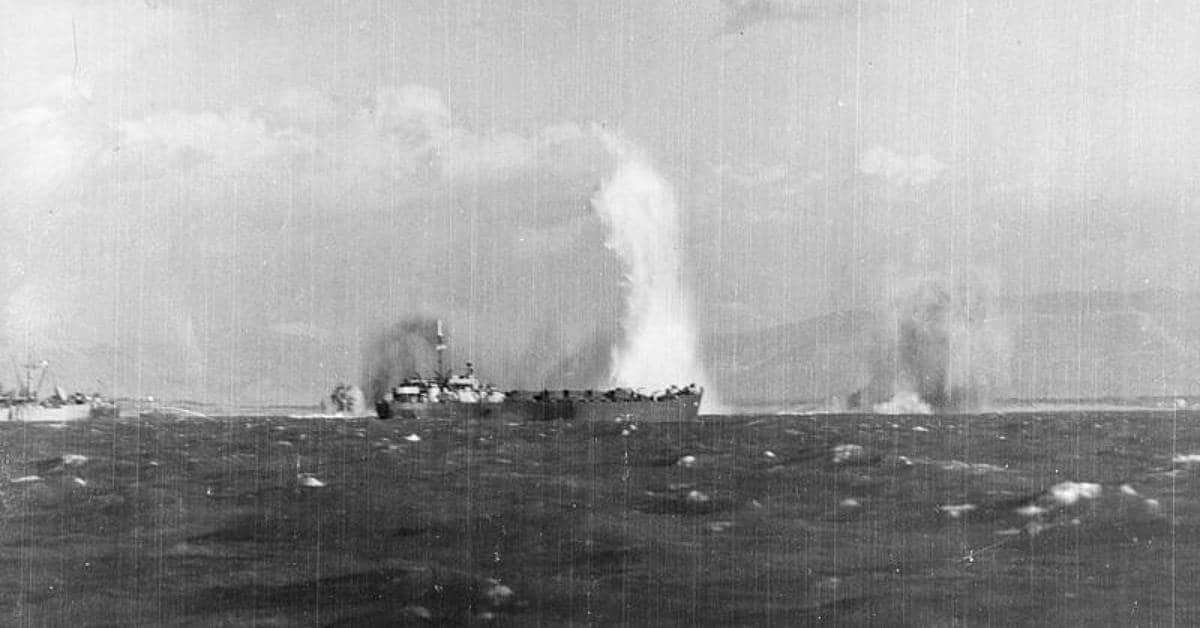The Second World War, as in the case of most wars, was fraught with mistakes made by all sides and in all theaters of the war. Many of them, in the beginning, were the result of generals being ill-prepared to fight a modern war. Nearly all nations had developed long range bombers during the 1920s and 1930s, but their effectiveness as a weapon of war remained the subject of spirited debate among the military brass. So were the proper means of deploying the tank, with some believing that tanks should be deployed with the infantry, and others wanting them to operate separately.
Second guessing generals and admirals with the benefit of hindsight is a subjective exercise, with it impossible to guess at what would be the final outcome. There are enough clear cut mistakes and errors of judgment that such second guessing isn’t necessary. The pomposity of MacArthur, the arrogance of Montgomery, and the humility of Bradley were personality traits, not mistakes, regardless of one’s opinion of the military ability and leadership of the three men.

Here is a list of mistakes committed by the Allied forces during the Second World War, and the impact of those mistakes on the conduct of the war and the world which followed.

Clark Field, the Philippines, December 1941
General Douglas MacArthur had been in the Philippines since 1935, serving as a Field Marshal of the Philippine Army, and after July 1941 as commander of all US forces in the Philippines, including the federalized Philippines Army. Under his direct command were the US Army Air Force aircraft, which included more than 90 P-40 Warhawks and almost three dozen B-17 bombers, organized as the Far East Air Force, the largest such command outside of the United States. MacArthur had a full ten hours in which to disperse his aircraft following the debacle at Pearl Harbor, but he left them parked on the airfield in rows, awaiting the inevitable Japanese attack.
When the Japanese did attack Clark Field, as part of the overall launch of their invasion of the Philippines, MacArthur’s air forces were completely destroyed as a viable fighting force. Japan had complete control of the air over the Philippines, making the defeat of the American and Filipino forces inevitable. Without air cover the defense of the Philippines was virtually impossible, other than as a giant holding action to bleed the enemy as much as possible. MacArthur’s failure to disperse his air forces was a mistake which certainly was a major factor in what became one of the greatest humiliations in US military history.

